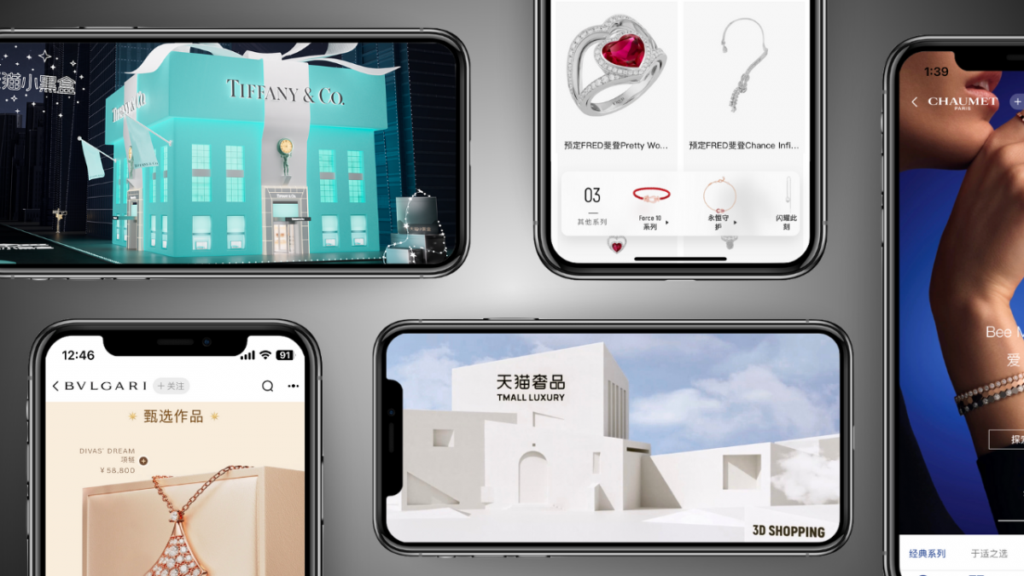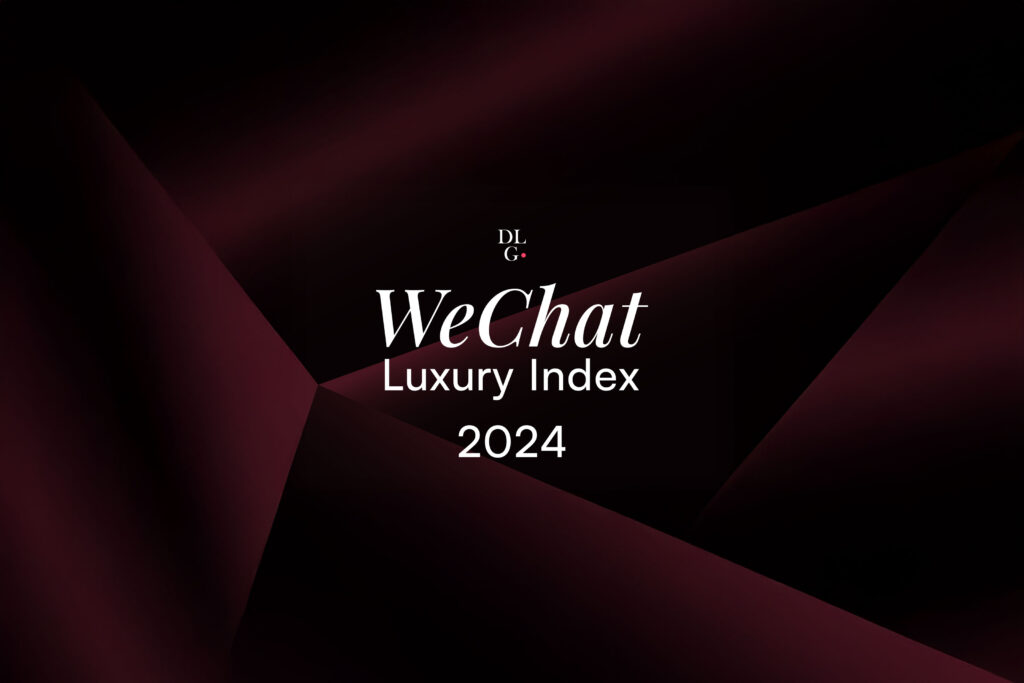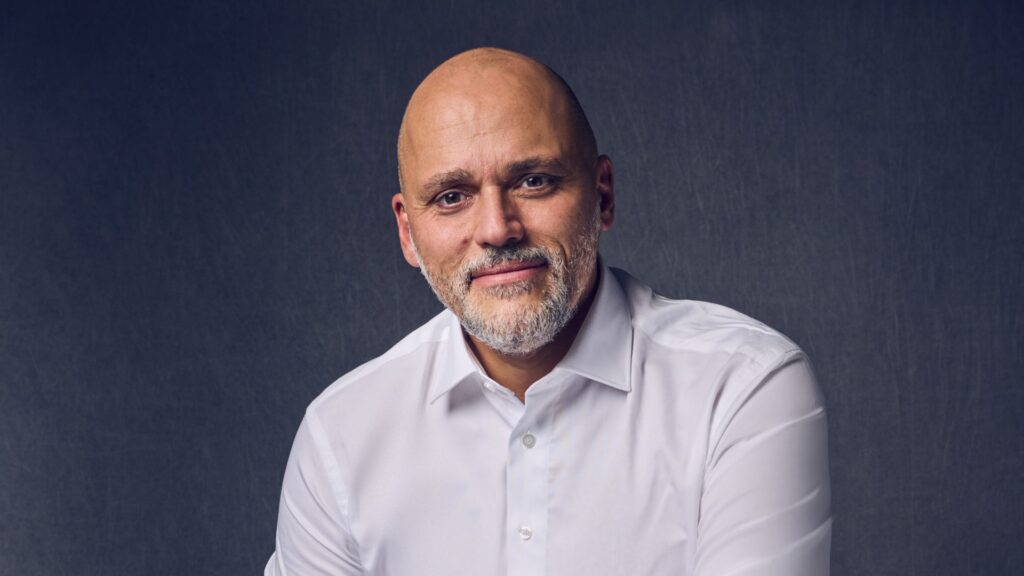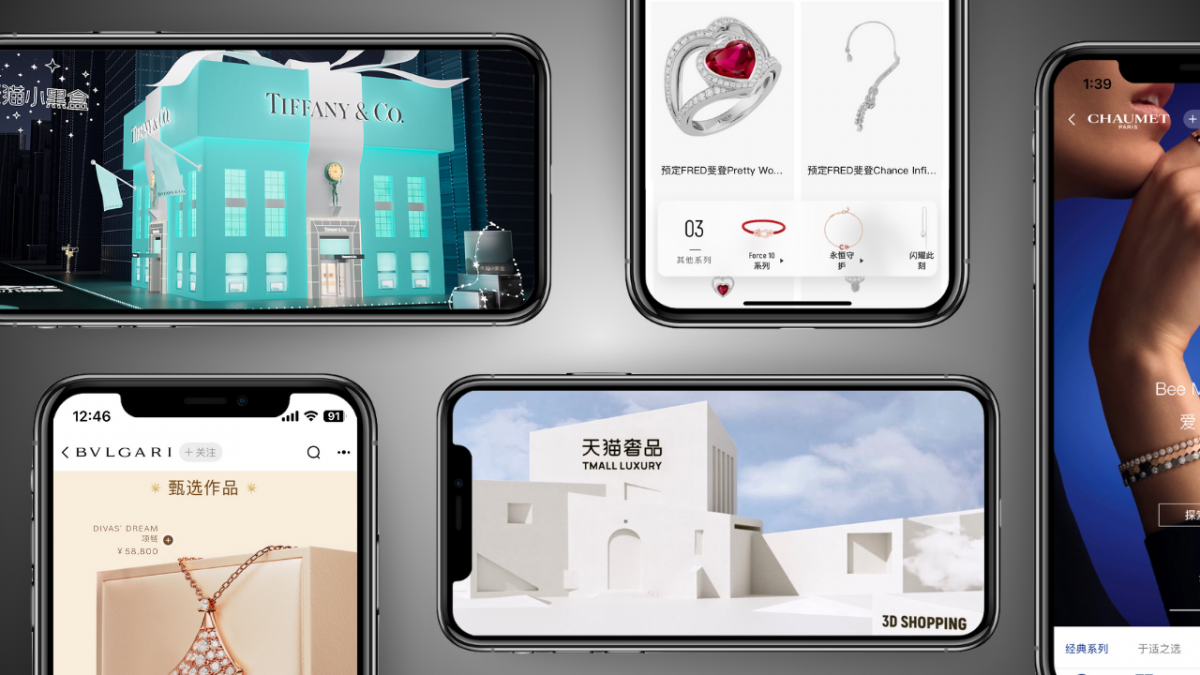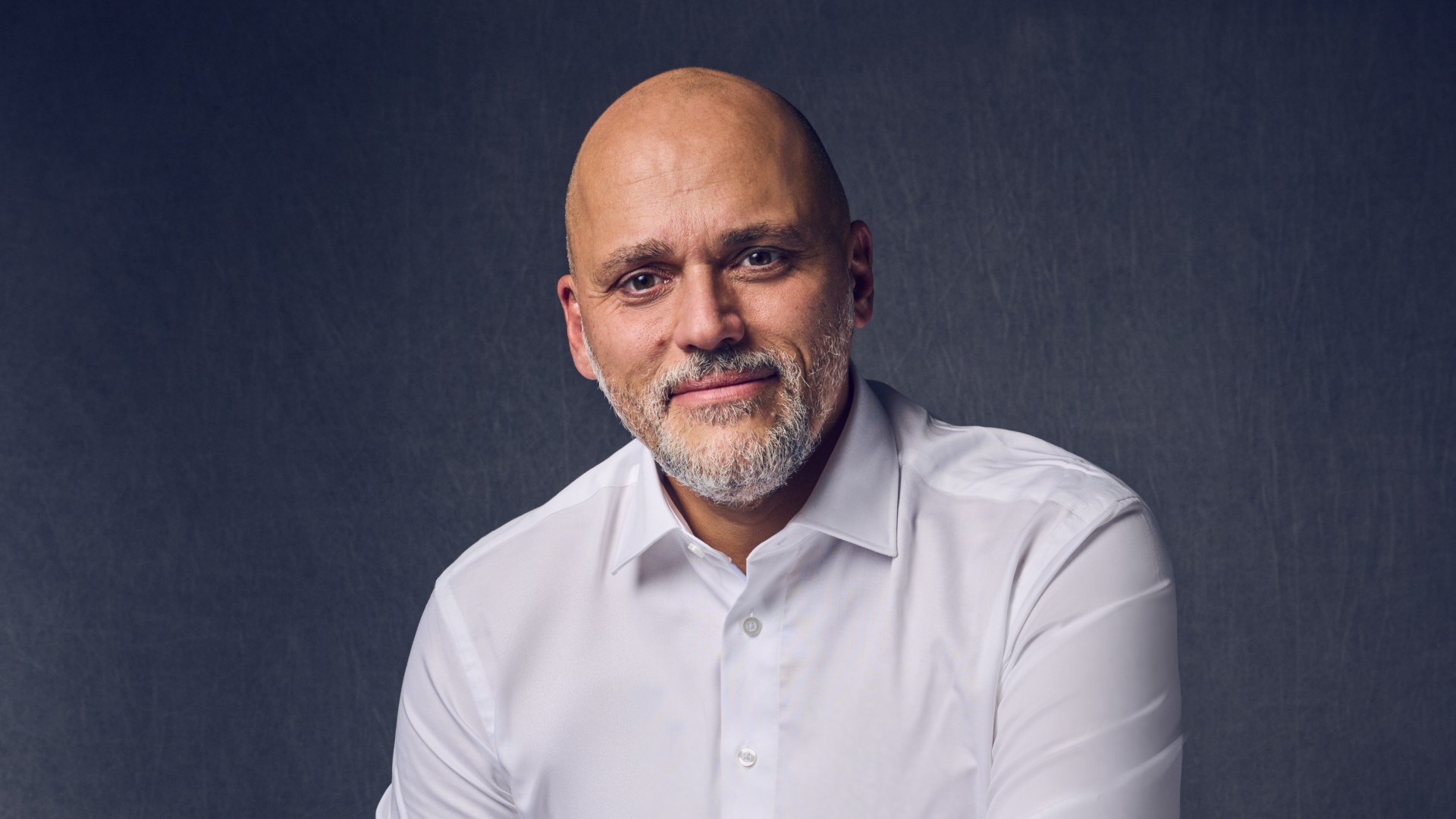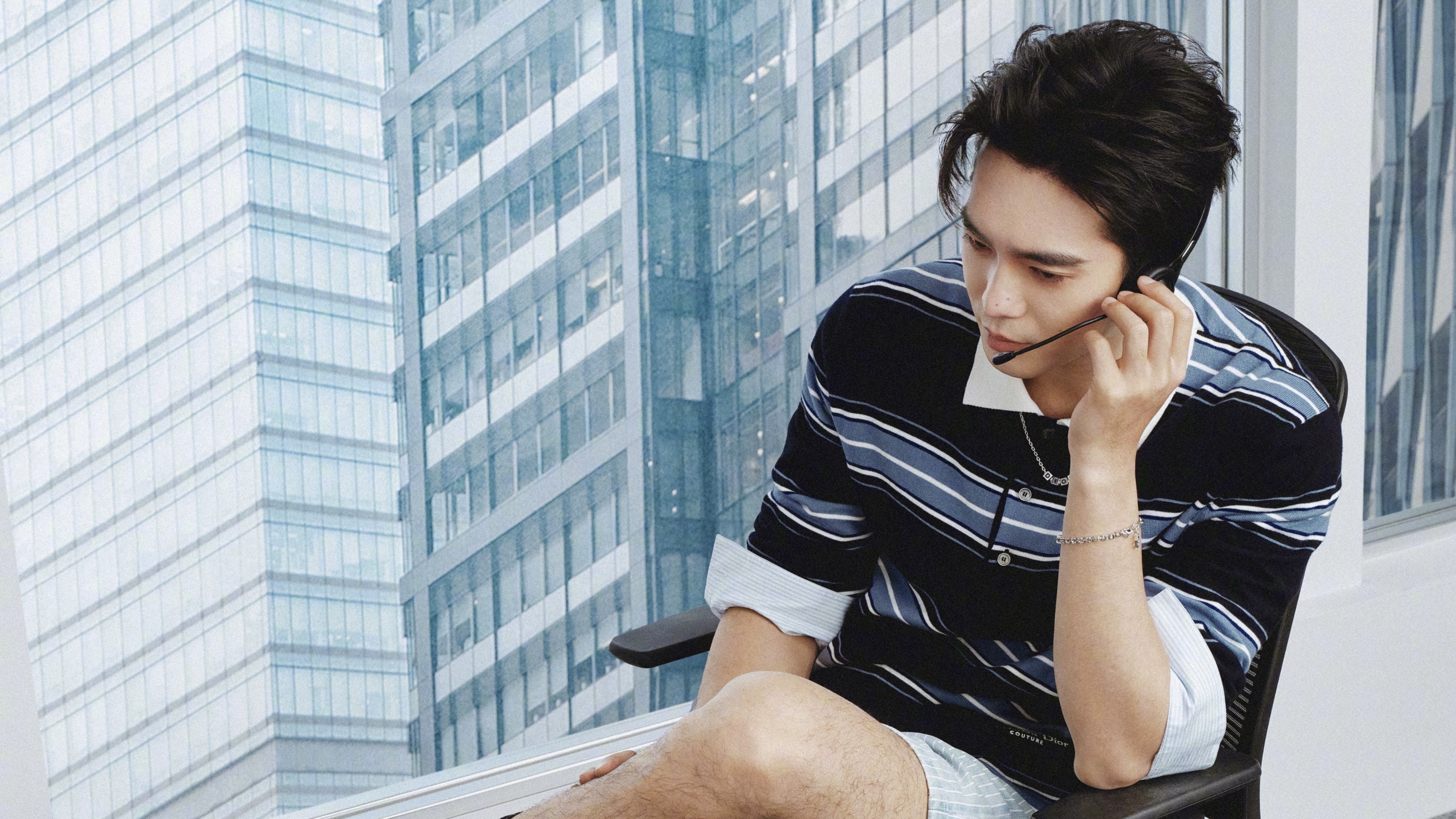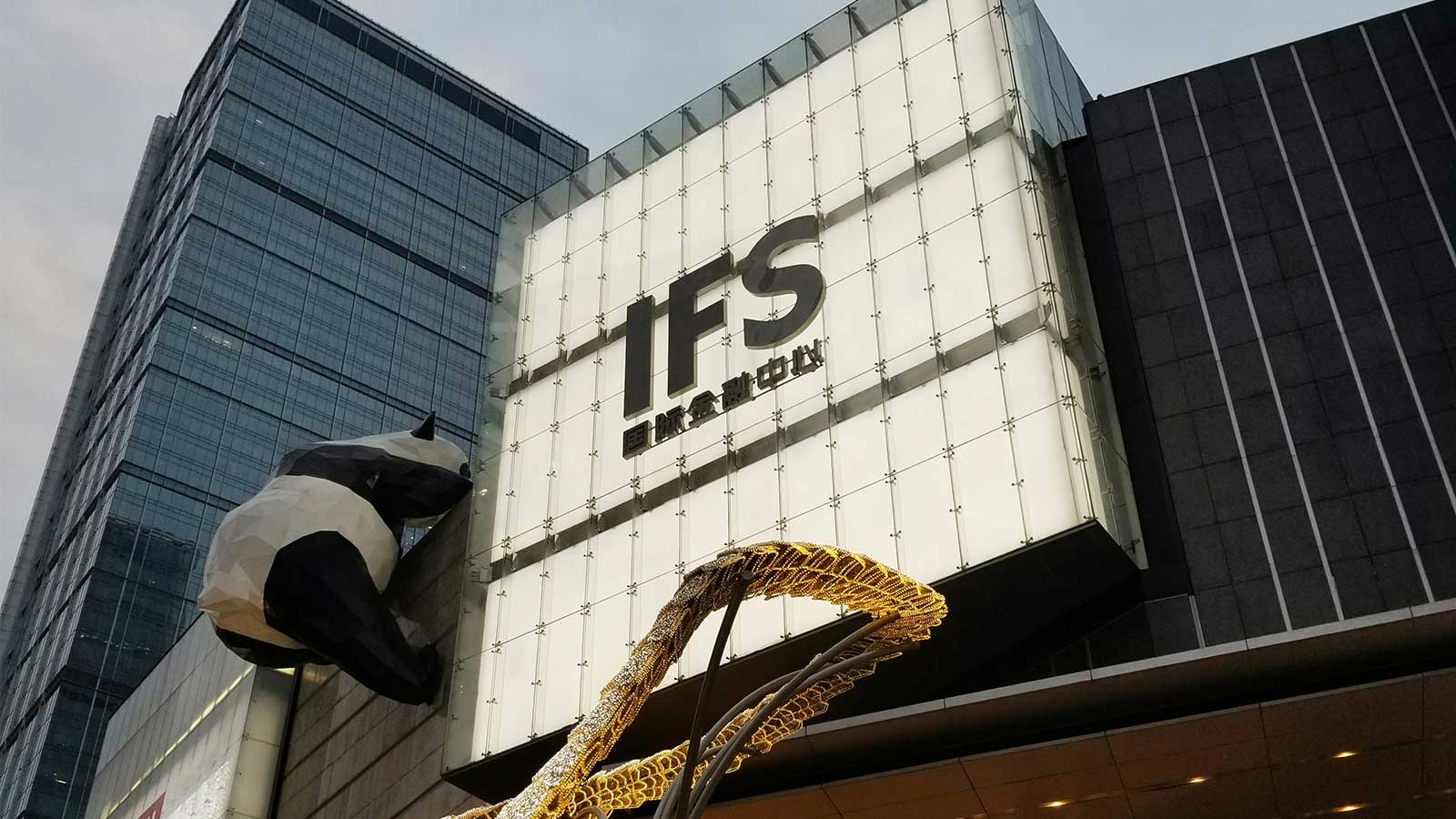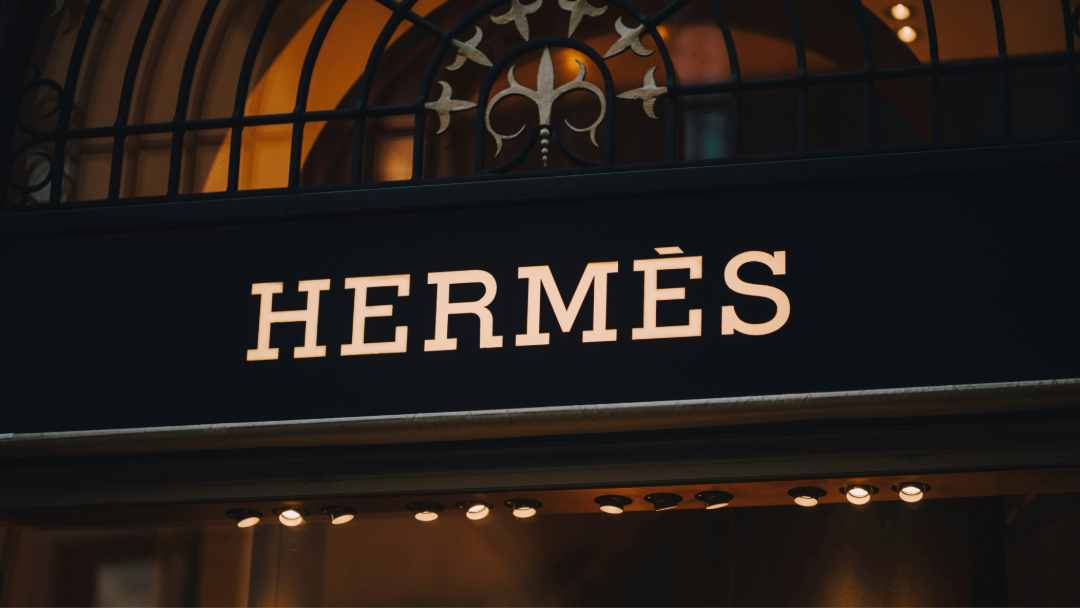Over a third of consumers say that they are thinking more carefully before buying, according to a recent report by Hammerson

Over a third of consumers say that they are thinking more carefully before buying, according to a recent report by Hammerson
Gucci Boutique, Singapore
Nearly 50% of non-food expenditure is now carefully planned, according to recent research by British property development and investment company, Hammerson.
The information age has considerably slowed the purchasing process, giving rise to a consumer that is less concerned with the pure acquisition of products, and instead is more concerned about their quality and real value.
“Consumers are not only more considered when it comes to their expenditure, they are also taking significantly more time on the buying process. Browsing, researching and comparing now take the lion’s share of consumers’ time and energy.”
“ 70% of consumers say they rarely purchase items at full price ”
“The retail environment is changing more quickly than ever, explains Hammerson Chief Executive David Atkins. “The digital revolution is having a profound effect on how people shop, and how retailers operate.”
Indeed, the average number of retail channels used during a clothing purchase has increased according to the research. Today over 45% of shoppers use three or four channels compared to 14% a decade ago.
“Despite being considered, consumers know what they want and don’t want from their retail experience. As choice increases, consumers are demanding more from simple retail experiences. As for the Luxury, a strong product alone is not enough; consumers need a feeling of indulgence throughout the entire experience.”

Average breakdown of non-food expenditure over the past year (%)
The Considered Years
The report identifies three specific time periods; The Careless Years (1993-2002), The Careful Years (2003-2012) and believes we are entering the Considered Years (2013-2022).
In the future period, annual growth rates across non-food sectors are expected to stabilise at 2.08%, slightly higher than the 1.44% increase seen during the Careful Years, but short of the 5.14% annual growth experienced during the Careless Years.
Consumers, exposed to deep, regular discounting are less inclined to purchase at full price. Statistically, 60% of consumers (especially women) say they will now wait until a product is on offer before purchasing. Nearly three quarters (70%), say they rarely purchase items at full price.
“ The average time spent on the purchase process has increased from 0.5 to 3.4 days ”
Browsing Is The New Buying
10 years ago the duration of purchasing process lasted roughly 0.5 days, where time spent on purchasing was 83 minutes. This figure has jumped to 3.4 days, whilst the time spent on purchasing has increased by 111 minutes. Essentially, the influence of online shopping as a research tool should not be underestimated.
According to the report, “over two-thirds of consumers prefer using a combination of online and store making it more essential than ever for retailers to ensure consistency across their multichannel offer”.
“A third of consumers now prefer to shop online (34.5% male vs. 29.4% female) meaning retailers and retail destinations need to work hard to entice men off their tablets and ensure they visit stores as well, as this is where the increase in spend lies.”

Frequency of luxury shopping trips per year
The Luxury Shop
The research also confirmed a growing ambiguity in the mind of the consumer as to what constitutes a ‘luxury’ offer. In the past, the retail industry could be clearly divided into three relatively clear categories: Luxury, High Street and Discount.
In more recent years, as consumer demand for value has increased, these categories have evolved and we have witnessed the development of new sub-categories such as: high-end high street, value-fashion and discounted luxury.
Despite a widening definition of ‘luxury’, the report found that demand for luxury products has remained robust. One third of shoppers (33%) said that they have spent more on luxury purchases in the past 12 months. The majority undertake a luxury trip at least every six months with 18.9% shopping for luxury every month or two.
“ 33% of shoppers said that they have spent more on luxury purchases in the past 12 months ”
The luxury shopper values the entire shopping experience. Luxury shoppers are willing to travel further to enjoy a wide range of brands in an exceptional environment with the ambience, and quality of store almost as important as the retail offer itself.
Essentially, Considered Consumption is here to stay. Although this new consumer mind-set is subtly different it is expected to have a significant impact on how people buy and how brands and retail destinations evolve in this era.
According to Hammerson, it’s a more modest form of buying; “much more about perceptions of value than about price, which has come at the expense of impulse buying. The old consumer mind-set is behind us and the new one needs attention in order to thrive in today’s retail environment.”

Download the full report: Technology takes things slowly in the era of the Considered Consumer


